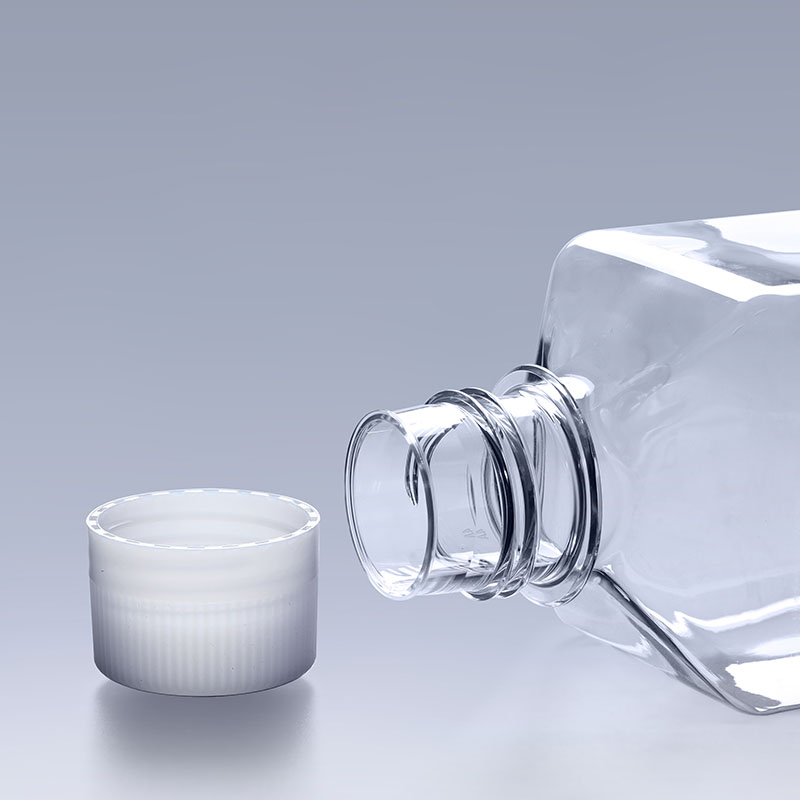In biological laboratories, serum PETG media bottles are the basic storage containers of modern racks, and their performance characteristics are widely used in a variety of biological experimental scenarios. Different specifications meet the storage needs of different solutions.
1. 5mL/10mL serum PETG media bottles:
Usually used to store small amounts of reagents or solutions, such as fine chemical reagents, protein standard solutions, or small samples of biological drugs. They are often used in biological experiments to prepare small-scale experimental liquids, such as reagent preparation, dilution, and sample collection for small experiments.
2. 30mL/60mL serum PETG media bottles:
Widely used for storing culture media, buffers, dissociation reagents, and general reagents in cell culture. They have moderate capacity and are often used in daily laboratory sample processing and experimental preparations, such as preparation of culture media and storage of culture fluids.
3. 125mL/250mL/500mL/1000mL serum PETG media bottles:
Typically used to store larger batches of media, growth additives, and auxiliary reagents used in cell culture processes. They play an important role in large-scale cell culture, bioreactor operations, and biopharmaceutical processes, providing reliable reagent storage containers for research and production in the biopharmaceutical field.
No matter what kind of serum PETG media bottless they are, they all play an irreplaceable role in biological laboratories. Its transparency, temperature resistance and compatibility with other experimental equipment make it one of the indispensable and important equipment in the laboratory. Therefore, choosing PETG media bottless of appropriate specifications and using them rationally according to experimental needs will help improve the efficiency and success rate of experimental work.
The FAI climbed 5.9 percent year-on-year in the first 11 months of 2018, quickening from the 5.7-percent growth in Jan-Oct, the National Bureau of Statistics (NBS) said Friday in an online statement.
The key indicator of investment, dubbed a major growth driver, hit the bottom in August and has since started to rebound steadily.
In the face of emerging economic challenges home and abroad, China has stepped up efforts to stabilize investment, in particular rolling out measures to motivate private investors and channel funds into infrastructure.
Friday's data showed private investment, accounting for more than 60 percent of the total FAI, expanded by a brisk 8.7 percent.
NBS spokesperson Mao Shengyong said funds into weak economic links registered rapid increases as investment in environmental protection and agriculture jumped 42 percent and 12.5 percent respectively, much faster than the average.
In breakdown, investment in high-tech and equipment manufacturing remained vigorous with 16.1-percent and 11.6-percent increases respectively in the first 11 months. Infrastructure investment gained 3.7 percent, staying flat. Investment in property development rose 9.7 percent, also unchanged.
 English
English



















































